Some background in this thread https://www.avforums.co.za/index.php/topic,70876.0.html
Finally got around to building these and I'm pretty happy with the results so far. I'm not going to go into much detail here, this will mainly be a picture thread. I didn't do much scientific theorising, measurements or detailed plans, so if you have any questions, post them here and I'' try answer as best I can. No drivers were harmed in the making of these boxes, and the original crossovers are still crossing over as they seem to have done for many years now.
Materials mainly 16mm MDF, some melamine and a few bits of oregon pine. Used biscuits where possible, only a few metal screws here and there. Lots of wood glue and a bit of solder (why do the Yanks call it sodder?).
Design was based on a TQWT principle. The original boxes were much smaller and lighter/flimsy and in terrible shape.
the box is 800h x 300w x 400d - external dimensions (all measurements approximate).
The biggest decision I had was where to vent the box. Ended up going for a front vent because I hoped it would give the best bass. The vent is about 60mm high and 600mm wide. The internal channel rises from 60 up to 500, which is pretty much the centre of the depth and also the centre of the woofer driver. The horizontal piece of the internal channel goes in about 90 from the outside front of the box. Hope that all makes sense.
As often seems to happen, I didn't make note of some of the basic stuff and so had to guess where to wire the speaker input to the crossover. Ended up wiring the positive to the leg that feeds directly to the woofer and it seems to work fine.
Pictures:
1. Oregon pine channel to hold the back board
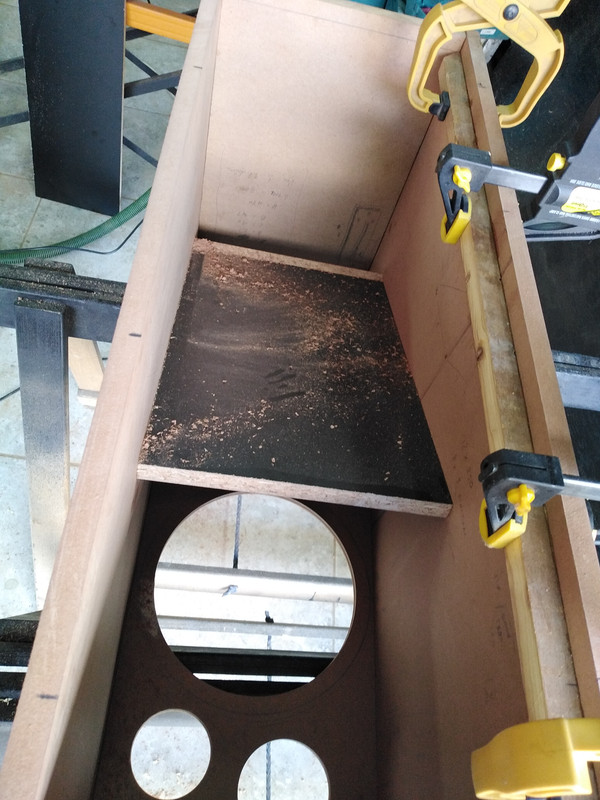
2. Speaker connectors
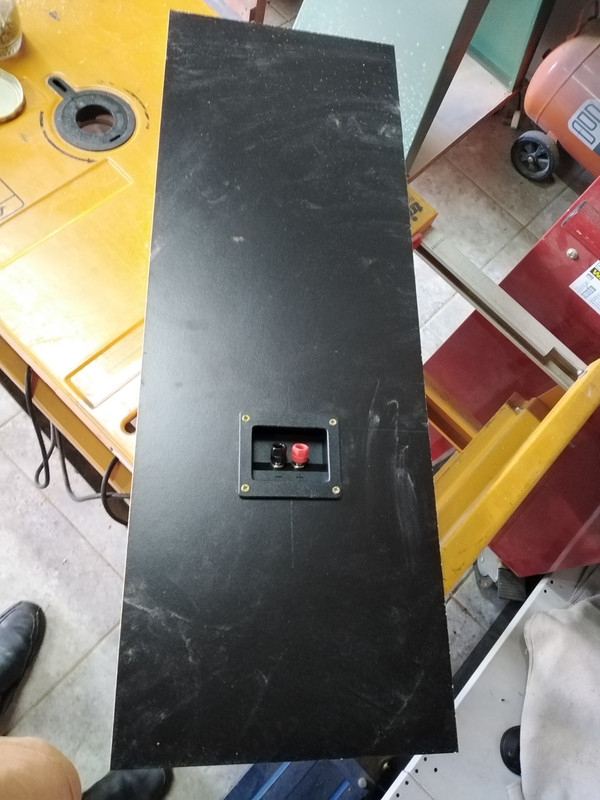
3. Back board - too snug, had to trim it a smidge
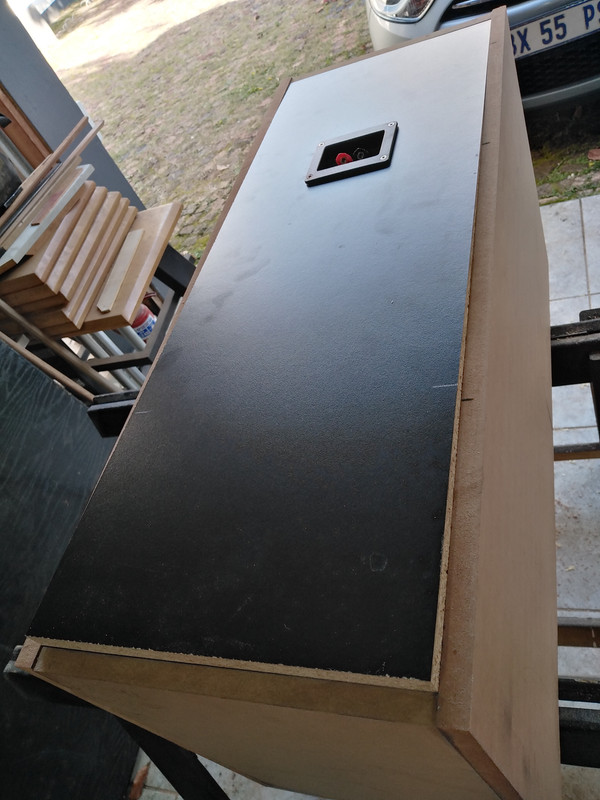
4. Biscuits for the front panel. The front panel fits with 45 degree edges to make the front neat.
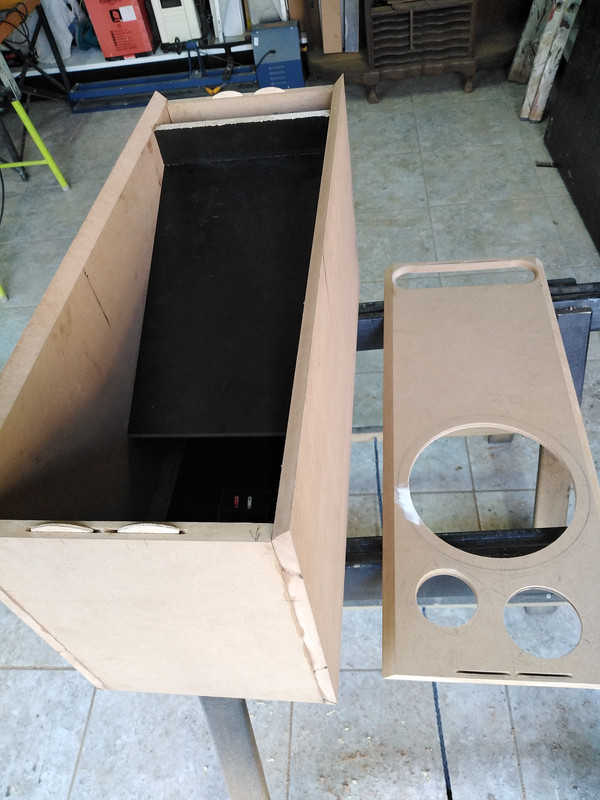
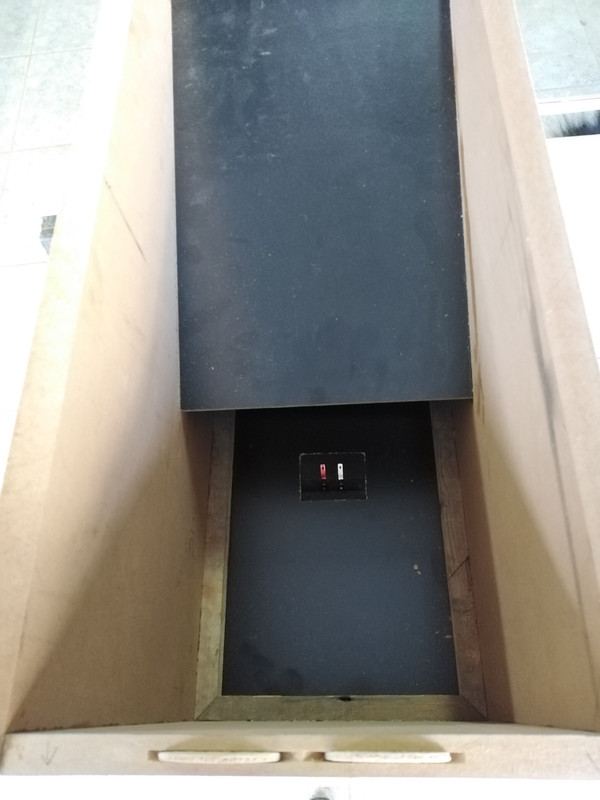
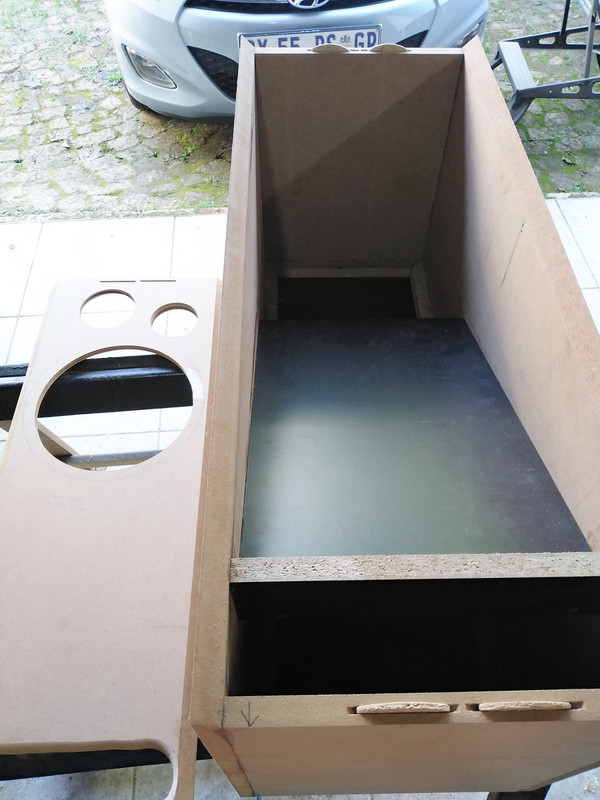
7. Crossover installation
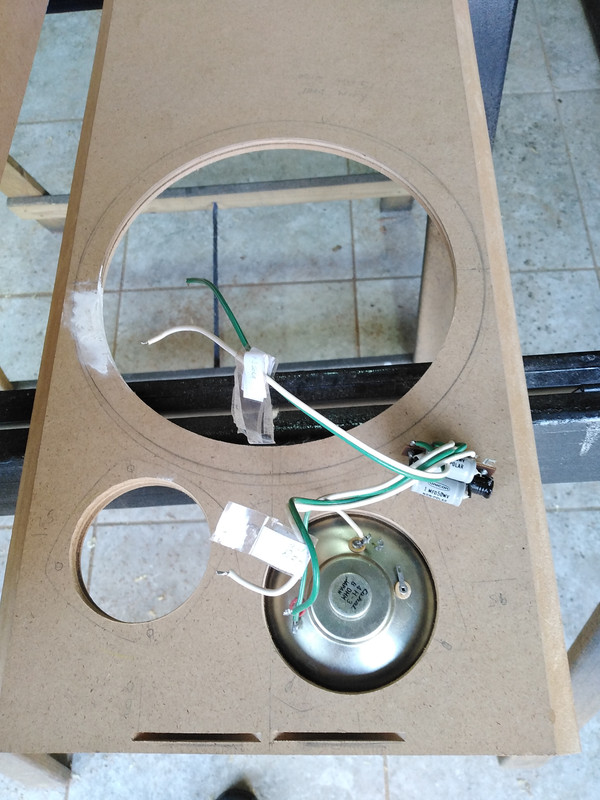
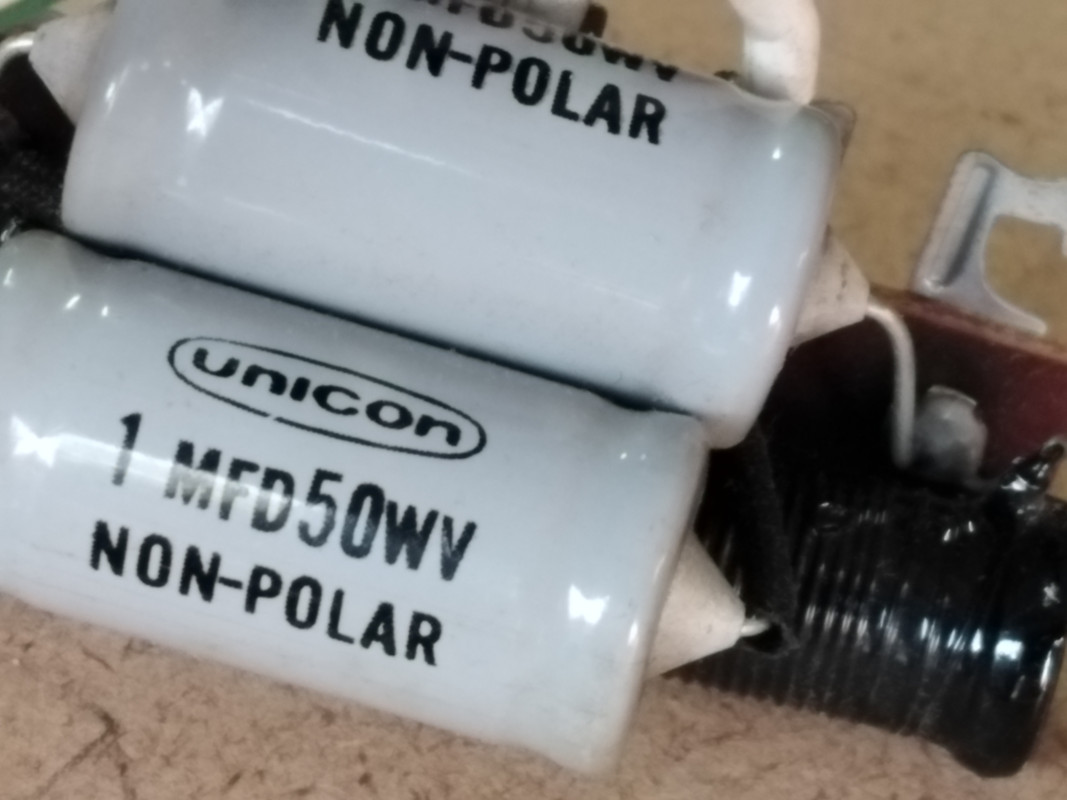
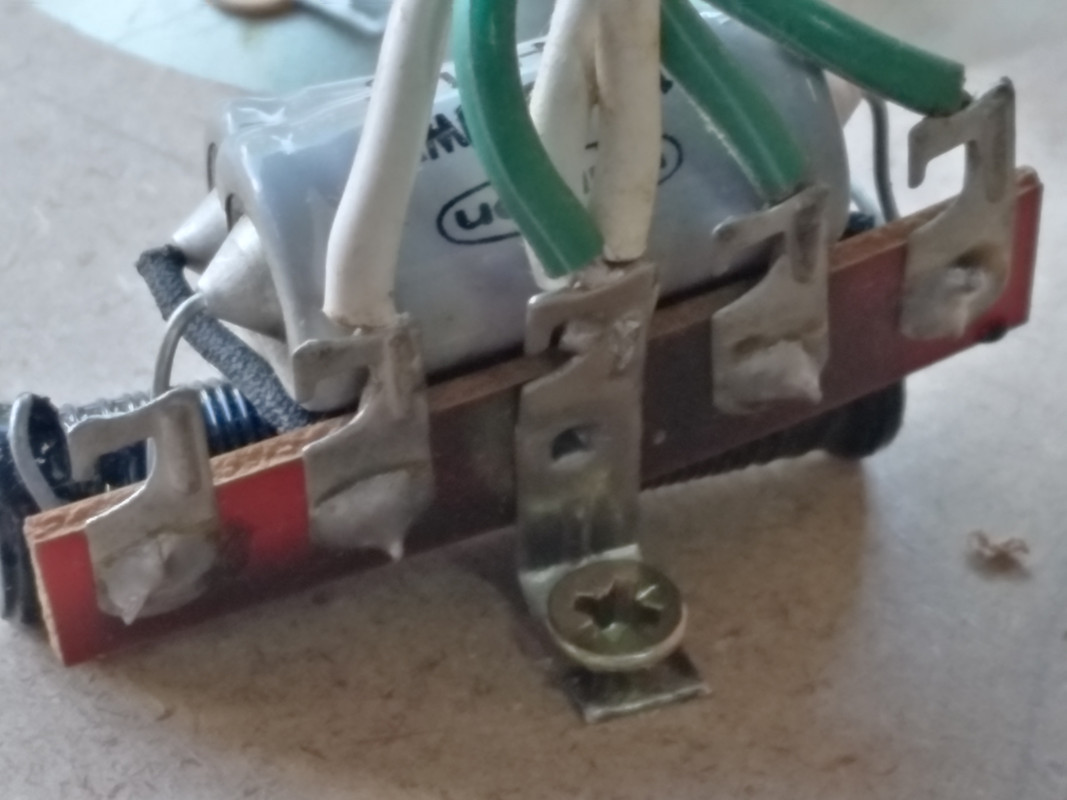
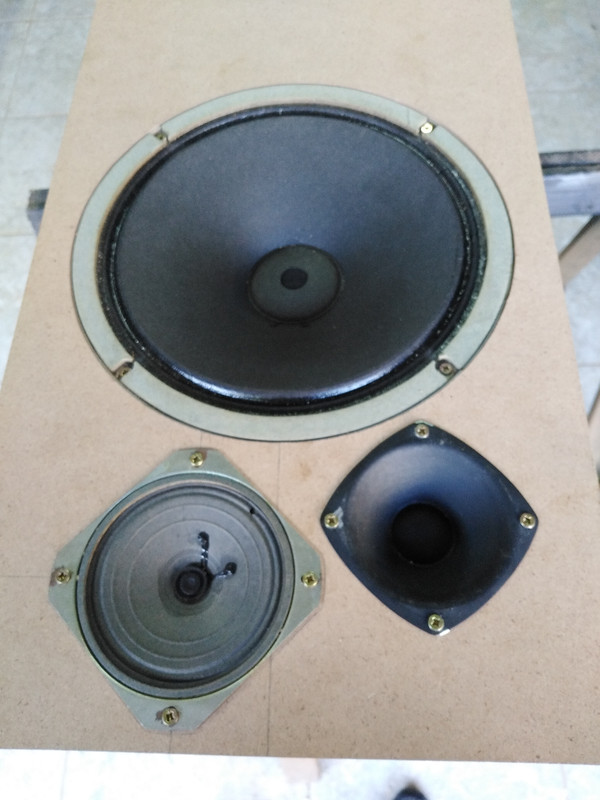
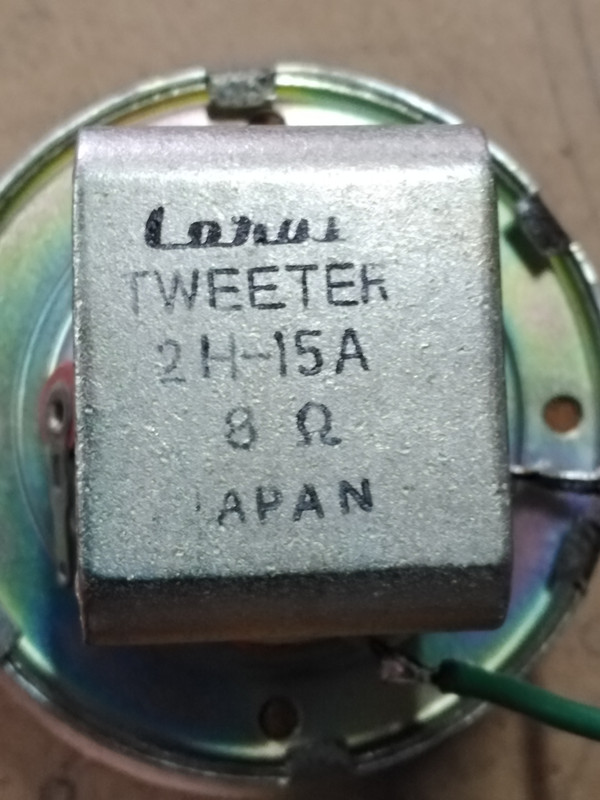
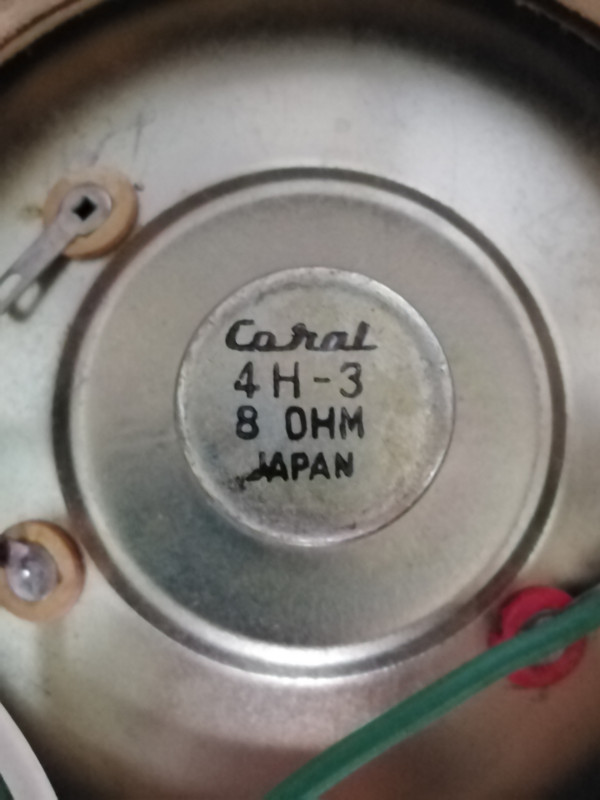
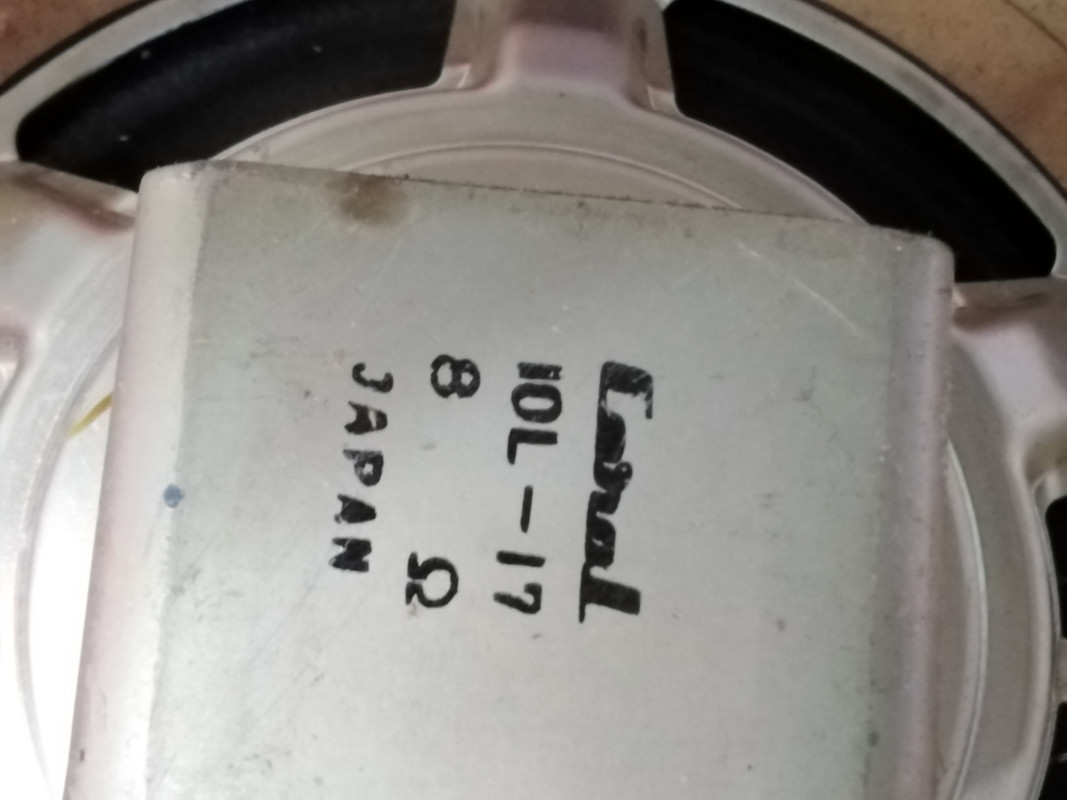
Finally got around to building these and I'm pretty happy with the results so far. I'm not going to go into much detail here, this will mainly be a picture thread. I didn't do much scientific theorising, measurements or detailed plans, so if you have any questions, post them here and I'' try answer as best I can. No drivers were harmed in the making of these boxes, and the original crossovers are still crossing over as they seem to have done for many years now.
Materials mainly 16mm MDF, some melamine and a few bits of oregon pine. Used biscuits where possible, only a few metal screws here and there. Lots of wood glue and a bit of solder (why do the Yanks call it sodder?).
Design was based on a TQWT principle. The original boxes were much smaller and lighter/flimsy and in terrible shape.
the box is 800h x 300w x 400d - external dimensions (all measurements approximate).
The biggest decision I had was where to vent the box. Ended up going for a front vent because I hoped it would give the best bass. The vent is about 60mm high and 600mm wide. The internal channel rises from 60 up to 500, which is pretty much the centre of the depth and also the centre of the woofer driver. The horizontal piece of the internal channel goes in about 90 from the outside front of the box. Hope that all makes sense.
As often seems to happen, I didn't make note of some of the basic stuff and so had to guess where to wire the speaker input to the crossover. Ended up wiring the positive to the leg that feeds directly to the woofer and it seems to work fine.
Pictures:
1. Oregon pine channel to hold the back board

2. Speaker connectors

3. Back board - too snug, had to trim it a smidge

4. Biscuits for the front panel. The front panel fits with 45 degree edges to make the front neat.



7. Crossover installation







